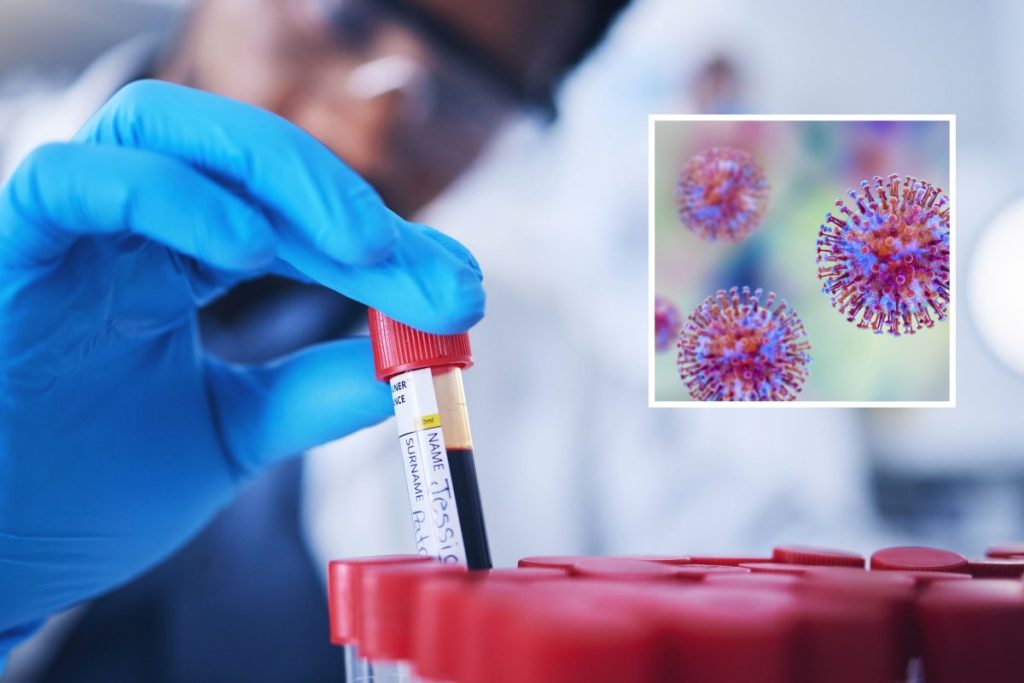Hundreds of vials containing live viruses have gone missing from a laboratory in Australia, triggering an investigation.
Queensland Health Minister Tim Nicholls revealed today that 323 samples of live viruses—including Hendra virus, Lyssavirus, and Hantavirus—disappeared in 2021, marking a “serious breach of biosecurity protocols.”
The breach was discovered in August 2023, with nearly 100 of the missing vials containing the deadly Hendra virus. Two vials contained Hantavirus, while 223 vials held Lyssavirus samples.
Hantavirus, which is carried by rodents, can lead to Hantavirus Pulmonary Syndrome (HPS), a disease with a 38 percent mortality rate. Lyssavirus is similar to rabies and also carries a very high mortality rate.
The lab has not determined whether the viruses were destroyed or removed from secure storage, but it does not appear that they were stolen.
“There is no indication that these were taken from the laboratory. Secondly, we have no evidence suggesting that Hendra virus has been weaponized in any research lab,” Nicholls stated during a press conference.
“Research like this is conducted in secrecy, but we are not aware of any weaponization. Virus weaponization is a complex process and not something an amateur can manage.”
The samples appear to have gone missing after a freezer at Queensland’s Public Health Virology Laboratory malfunctioned.
“It’s the transfer of materials that has raised concerns,” Nicholls said, as reported by local news ABC.
“They were moved to a functioning freezer, but the required paperwork wasn’t completed. The materials may have been removed from secure storage and lost, or otherwise unaccounted-for.”
According to a statement from the Queensland government, “there is no evidence of risk to the community from the breach,” as the viruses would have quickly degraded and become harmless to humans.
“It’s hard to imagine a scenario where the public could be at risk,” Queensland Chief Health Officer John Gerrard commented in the statement.
“It’s important to note that virus samples degrade rapidly outside of a low-temperature freezer and lose their infectivity.”
Gerrard also emphasized that the samples were unlikely to have been discarded in general waste and were likely destroyed in an autoclave, following standard lab protocol.
“Importantly, no cases of Hendra or Lyssavirus have been detected in humans in Queensland in the last five years, and there have been no reported cases of Hantavirus infections in humans in Australia,” Gerrard explained.
An investigation into the breach has begun, aiming to determine exactly how the viruses went missing and why the breach remained undetected for nearly two years.
“With such a serious breach of biosecurity protocols and potentially missing infectious virus samples, Queensland Health must investigate what happened and ensure it doesn’t occur again,” Nicholls stated.
“The Part 9 Investigation will ensure that no details are overlooked in addressing this incident and will review the current policies and procedures at the laboratory,” he added.
“I’m informed that Queensland Health has taken proactive steps since the breach was discovered, including retraining staff to maintain compliance with regulations and auditing all relevant permits to ensure proper material storage.”
Also Read:
- US Government Poised to Approve $3 Billion Plan to Remove Chinese Telecom Equipment
- Rep. Jasmine Crockett Calls Out GOP Claims About Census Bias
